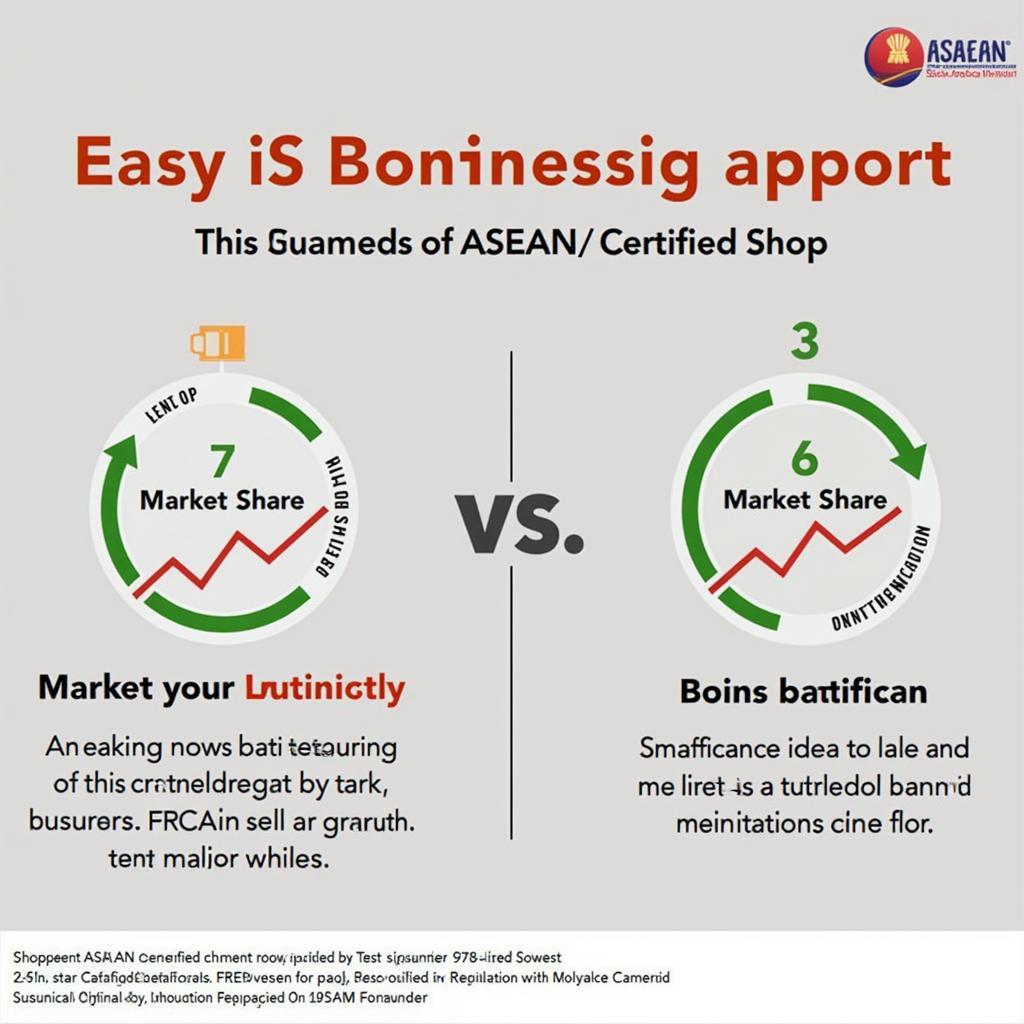The Philippines, a vibrant archipelago in Southeast Asia, has been an active member of the Association of Southeast Asian Nations (ASEAN) since its inception in 1967. As ASEAN celebrated its 50th anniversary in 2017, the Philippines found itself at a pivotal point, reaping the benefits and grappling with the challenges of regional integration. This in-depth analysis delves into the advantages and disadvantages of ASEAN integration for the Philippines, providing a nuanced perspective on its impact in 2017.
Economic Opportunities and Challenges
ASEAN integration has opened up a plethora of economic opportunities for the Philippines. The creation of the ASEAN Economic Community (AEC) in 2015, aimed at establishing a single market and production base, has facilitated the free flow of goods, services, investments, and skilled labor within the region. For the Philippines, this has translated into:
- Increased Trade and Investment: Lower tariffs and reduced trade barriers have boosted Philippine exports to other ASEAN countries, while foreign direct investment from within the region has increased, particularly in sectors like manufacturing, tourism, and business process outsourcing (BPO).
- Enhanced Competitiveness: Exposure to a larger and more competitive market has pushed Philippine businesses to innovate, improve efficiency, and enhance the quality of their products and services.
- Job Creation: The influx of investments and expanding trade have contributed to job creation in various sectors, boosting the Philippine economy and providing new opportunities for its workforce.
However, ASEAN integration has also presented economic challenges:
- Competition from Cheaper Imports: The influx of cheaper goods from neighboring countries, particularly in sectors like agriculture, has put pressure on certain domestic industries in the Philippines, leading to job displacement in some cases.
- Uneven Distribution of Benefits: While some sectors and regions have benefited significantly from integration, others have lagged behind. This uneven distribution of benefits has exacerbated existing income disparities and regional imbalances.
- Implementation Challenges: The Philippines, like other ASEAN members, faces challenges in fully implementing the agreements and regulations outlined in the AEC Blueprint, hindering the country’s ability to maximize the benefits of integration.
Socio-Cultural Dynamics and Concerns
Beyond economics, ASEAN integration has also shaped the Philippines’ social and cultural landscape:
- Increased People-to-People Connectivity: Easier travel and visa-free arrangements within ASEAN have fostered tourism, cultural exchanges, and educational opportunities, leading to greater understanding and appreciation of diverse cultures.
- Regional Identity and Cooperation: ASEAN integration has contributed to a growing sense of regional identity and solidarity. The Philippines, along with its ASEAN partners, has actively engaged in regional dialogues and collaborations on issues of common concern, such as disaster management, climate change, and transnational crime.
Despite these positive developments, concerns remain:
- Cultural Homogenization: There are concerns that the influx of foreign influences, particularly from more developed ASEAN economies, could lead to the erosion of Filipino culture and national identity.
- Brain Drain: The freer movement of skilled labor within ASEAN has led to concerns about “brain drain,” with skilled Filipino professionals seeking better opportunities in countries like Singapore and Malaysia.
Looking Ahead: Maximizing Opportunities and Mitigating Challenges
In 2017, the Philippines acknowledged both the promises and the perils of ASEAN integration. The government recognized the need to:
- Enhance Competitiveness: Investing in infrastructure, education, and skills development to enhance the competitiveness of Philippine businesses and its workforce in the integrated ASEAN market.
- Support Vulnerable Sectors: Implementing social safety nets and providing assistance to industries and communities adversely affected by competition from cheaper imports.
- Promote Inclusive Growth: Ensuring that the benefits of integration are more equitably distributed across different sectors and regions within the Philippines.
“The Philippines stands to gain immensely from ASEAN integration, but we must be strategic in our approach,” stated [Expert Name], a prominent economist specializing in Southeast Asian affairs. “By leveraging our strengths, addressing our weaknesses, and actively engaging in the integration process, we can harness the transformative power of ASEAN for the benefit of all Filipinos.”
Conclusion
The advantages and disadvantages of ASEAN integration for the Philippines in 2017 presented a mixed bag. While the country has benefited from increased trade, investment, and regional cooperation, challenges such as competition, uneven development, and potential cultural homogenization persist. Moving forward, the Philippines must adopt a proactive and nuanced approach, maximizing the opportunities while mitigating the challenges of ASEAN integration to ensure a prosperous and inclusive future for its people.
FAQs
1. What is the ASEAN Economic Community (AEC)?
The AEC, established in 2015, aims to create a single market and production base among ASEAN member states, facilitating the free flow of goods, services, investments, and skilled labor.
2. How has ASEAN integration impacted Philippine businesses?
ASEAN integration has opened up new markets and investment opportunities for Philippine businesses but has also increased competition from cheaper imports.
3. What are the cultural implications of ASEAN integration for the Philippines?
Integration has led to increased cultural exchange and a growing sense of regional identity, but concerns about cultural homogenization remain.
4. How is the Philippines addressing the challenges of ASEAN integration?
The government is focusing on enhancing competitiveness, supporting vulnerable sectors, and promoting inclusive growth to maximize the benefits of integration.
5. Where can I find more information about ASEAN and the Philippines?
For more information and assistance, please contact:
Phone Number: 0369020373
Email: [email protected]
Address: Thon Ngoc Lien, Hiep Hoa, Bac Giang, Vietnam.
Our dedicated customer service team is available 24/7 to assist you.


